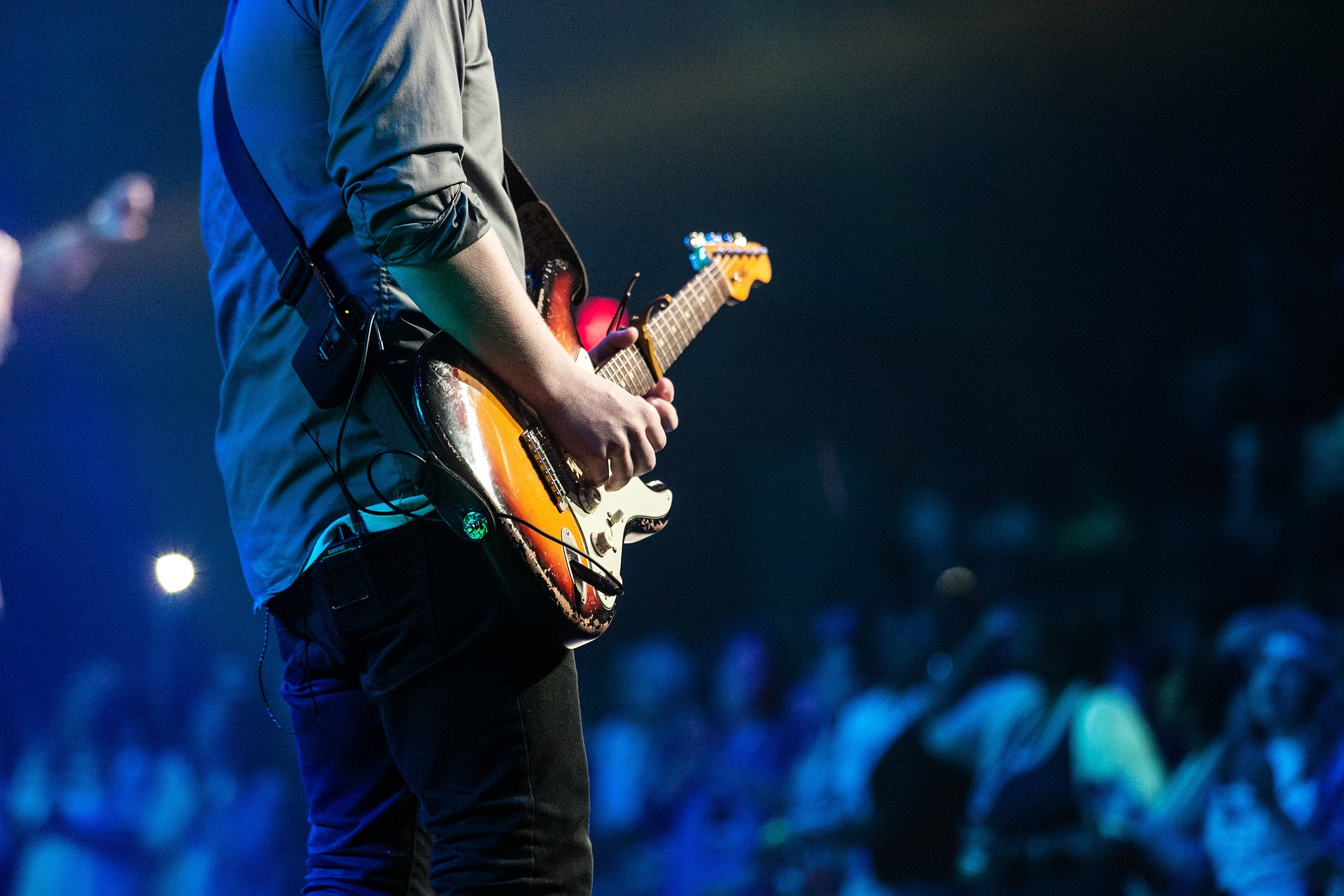Exploiting the Crossover: Integrating Music Icons into Blockbuster Films
As a fine-tuning of the entertainment machine, a new trend emerges in film making's restless tide: incorporating globally known music icons into major film roles. Recognizable from every corner of the globe and broadly loved, these stars bring with them a dedicated fanbase, instant publicity, and a chance to explore unconventional storytelling strategies.
The Premise: Combining Disciplines
Selecting music icons as actors is not a recent phenomenon, and the legacy runs deep since the era of Frank Sinatra and Elvis Presley. But today’s film industry has amplified this concept. It leverages catapulting musicians into film roles ranging from cameos to major characters, bringing additional flavor to the cinema consumption spectrum. Stars like Lady Gaga, Harry Styles, and Rihanna have graced the big screen, creating a symbiosis between music and film like never before.
A Fanbase Outlet: Capitalizing on Popularity
Having millions of followers in the music industry, these stars’ fanbases easily translate into potential film audiences. This instant publicity is appealing, especially in an industry overflowing with competition and short-lived attention spans. It not only brings bountiful box office returns but also offers an opportunity to cross-market between film and music platforms with soundtrack collaborations or promotional events.
Experimenting with Storytelling: Fresh Narratives
When musicians act, they bring their unique narratives and charisma onto the screen. This adds depth to their characters while enabling filmmakers to steer more personalized stories. For instance, in “A Star Is Born,” Lady Gaga’s real-life struggles in the music industry shaped her character, resonating deeply with the audience and showcasing an untouched side of the superstar.
Contingencies: Opportunity Costs
While it’s a fruitful strategy, it’s important to acknowledge the potential drawbacks. The prominence of a music star could overshadow the film itself or restrict the creative license of the filmmaker. Also, their acting prowess might not always match their musical brilliance, potentially causing the plot to fall flat.
Inspecting the Potential: Looking Forward
With the trend gaining traction, we can expect to see further integration of musicians in the film industry. This blurring line between the two mediums will likely intensify, creating a unique fusion that capitalizes on the collective appeal of music and film. As with any creative discipline, the key lies in fine-tuning it without losing the essence of storytelling.
- Music icons have a universal appeal that extends beyond their native music industry.
- The symbiosis between music and film adds a certain depth and personalized touch to the narrative.
- Musical stars bring with them an already well-established fanbase, boosting film viewership.
- However, the integration of music icons may overshadow the film itself or hinder creative license.
- Like every industry trend, the successful incorporation of music icons requires careful execution.
In conclusion, the film industry’s strategy of casting music icons in major roles presents both lucrative opportunities and potential challenges. But one thing is clear: it captures audiences’ curiosity and translates into viewer engagement. If executed with care, this crossover approach could potentially redefine conventional storytelling and enrich the cinematic experience.





